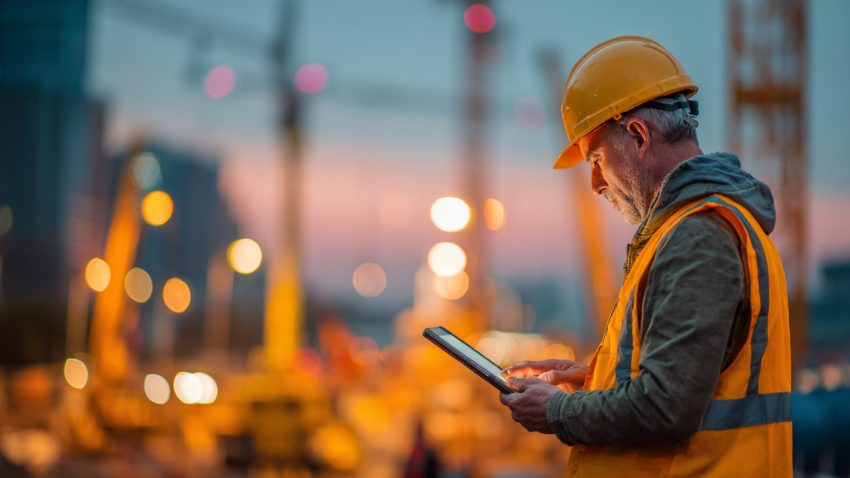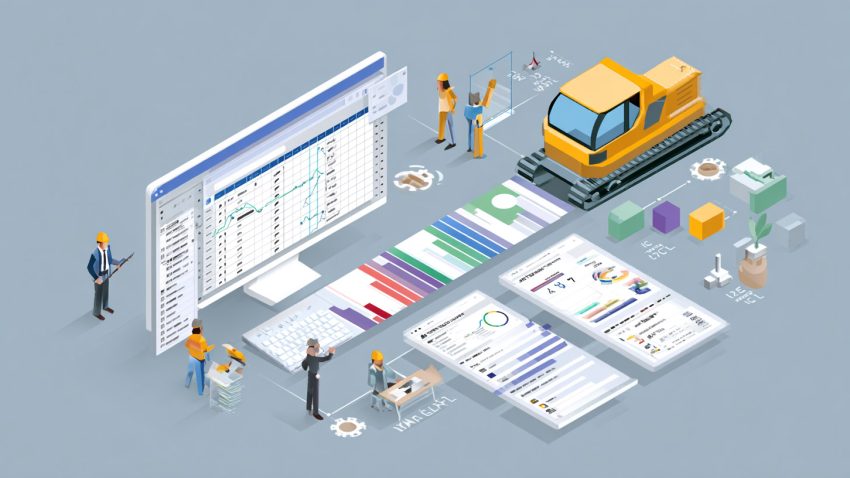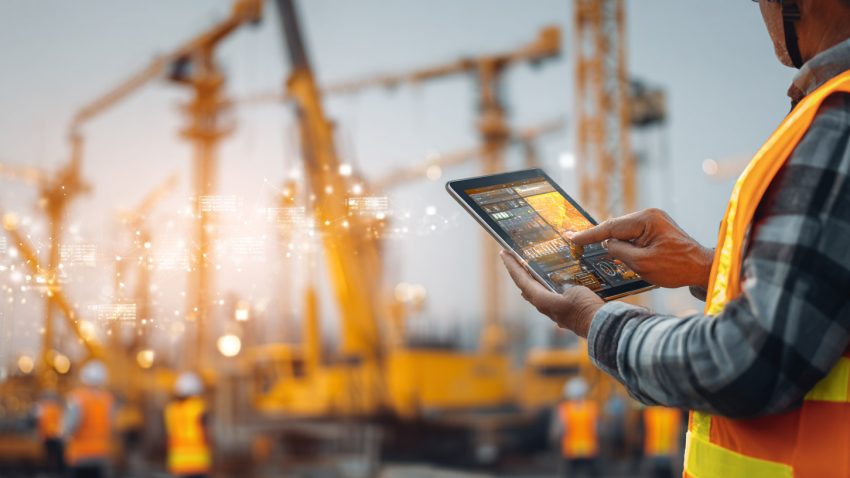Top 10 Construction Walkthrough Safety Inspection Checklist: Enhancing Site Safety and Mitigating Risks
Table of Contents:

In the bustling world of construction, safety is of utmost importance. Every construction site presents unique challenges and potential hazards that require careful attention. As a construction professional, you have the responsibility to ensure the well-being of workers and mitigate risks.
Conducting thorough walkthrough safety inspections is a crucial practice that allows you to identify potential hazards, address safety concerns, and create a secure work environment. In this comprehensive guide, we present the Top 10 Construction Walkthrough Safety Inspection Checklist to help you enhance safety practices on your construction sites. By implementing this checklist, you will have a systematic approach to safety inspections that covers critical areas, empowering you to create safer working conditions for everyone involved in the project.
The Importance of Construction Walkthrough Safety Inspections
Construction sites are dynamic environments with constantly changing conditions. Safety hazards can arise from various factors, including heavy machinery, elevated work areas, electrical installations, and the use of hazardous materials. Conducting regular walkthrough safety inspections allows you to proactively identify potential risks, correct safety deficiencies, and foster a culture of safety awareness among your team. By prioritizing safety inspections, you demonstrate your commitment to creating a secure work environment and protecting the well-being of all workers.
How the Top 10 Construction Walkthrough Safety Inspection Checklist Enhances Safety
The Top 10 Construction Walkthrough Safety Inspection Checklist provides a comprehensive framework for evaluating and addressing safety concerns on construction sites. This checklist covers critical areas that require attention to ensure the well-being of workers and minimize the potential for accidents. By using this checklist, you can systematically assess key aspects of site safety, empowering you to take proactive measures to mitigate risks and enhance safety protocols. Let’s explore the top 10 elements of this checklist and how they contribute to a safer construction environment.
Omar N. | Field Engineer
“Prior to StruxHub, it was a struggle to keep up. I had a 6 by 5 ft whiteboard in a conference room. I wasn’t able to collect delivery requests from our trades and announce them to the airport in time.”
1. Site Preparation and Organization
The first item on the checklist focuses on site preparation and organization. It emphasizes the importance of maintaining clear access routes, proper storage of materials, adequate signage, and the presence of safety barriers. By ensuring a well-prepared and organized construction site, you establish the foundation for a safe and efficient work environment.
2. Personal Protective Equipment (PPE)
Personal protective equipment (PPE) plays a crucial role in construction site safety. This checklist item highlights the importance of assessing the availability, condition, and proper usage of PPE, such as hard hats, safety goggles, high-visibility vests, gloves, and protective footwear. By ensuring that workers have access to and correctly utilize appropriate PPE, you mitigate the risk of injuries and protect their well-being.
3. Tools and Equipment Safety
Tools and equipment are essential for construction projects but can also pose safety risks if not properly maintained and used. This checklist item prompts inspections of the condition, functionality, and adherence to safety guidelines for power tools, machinery, scaffolding, ladders, and other equipment used on the construction site. Regular inspections and adherence to safety protocols reduce the risk of accidents and ensure the safe operation of tools and equipment.
4. Hazardous Materials and Waste Management
Construction sites often involve the use and handling of hazardous materials. Proper management of these materials is critical for maintaining a safe work environment. This checklist item emphasizes the importance of assessing the proper storage, labeling, and disposal of hazardous substances, as well as compliance with waste management regulations. Implementing proper protocols and handling hazardous materials responsibly minimizes the risk of accidents and environmental harm.
5. Electrical Safety
Electrical hazards are a significant concern on construction sites. This checklist item focuses on electrical safety measures, including the proper installation of wiring, grounding, circuit protection, and the use of lockout/tagout procedures. Inspecting electrical systems and ensuring compliance with safety standards prevent electrical accidents and reduce the risk of fire hazards.
6. Fire Safety
Fire safety is paramount on construction sites, where the presence of combustible materials and temporary structures can increase the risk of fires. This checklist item guides inspections of fire prevention measures, including the availability and placement of fire extinguishers, emergency exits, fire alarms, and evacuation plans. Regular checks of fire safety equipment and adherence to fire safety protocols contribute to a safe working environment for all.
7. Emergency Preparedness
Being prepared for emergencies is crucial in the construction industry. This checklist item emphasizes the need for inspections of emergency preparedness measures, including the availability and functionality of first aid kits, emergency contact information, evacuation procedures, and the presence of designated assembly points. Being prepared for emergencies ensures a swift response and minimizes the impact of potential accidents.
8. Worker Training and Safety Education
Worker training and safety education play a vital role in maintaining a safe construction site. This checklist item emphasizes the importance of providing adequate safety training to workers. Regular training sessions should cover topics such as hazard identification, proper equipment usage, emergency procedures, and best safety practices. Well-trained and informed workers contribute to a safer construction site.
9. Communication and Safety Policies
Effective communication and clearly defined safety policies are essential for fostering a culture of safety. This checklist item prompts evaluations of communication systems, such as safety signage, safety meetings, and reporting mechanisms. It also emphasizes the need for well-established safety policies that outline expectations and procedures for maintaining a safe work environment. Clear communication and comprehensive safety policies help ensure that everyone on the construction site is aware of safety protocols, leading to a cohesive and safety-conscious workforce.
10. Regular Safety Inspections and Audits
The final item on the checklist emphasizes the importance of conducting regular safety inspections and audits. Regular inspections allow you to monitor ongoing safety practices, identify areas for improvement, and ensure that safety standards are consistently met. By implementing a system of regular inspections and audits, you demonstrate your commitment to continuous improvement and proactive safety measures.
Safety is a top priority in the construction industry, and conducting thorough walkthrough safety inspections is a fundamental practice for maintaining a secure work environment. The Top 10 Construction Walkthrough Safety Inspection Checklist provides a comprehensive framework to help you enhance safety protocols and mitigate risks on your construction sites.
By systematically assessing critical areas such as site preparation, personal protective equipment, tools and equipment safety, hazardous materials management, electrical safety, fire safety, emergency preparedness, worker training, communication, and regular inspections, you can create a culture of safety awareness and ensure the well-being of everyone involved in the project.
Remember, safety is not a one-time effort but an ongoing commitment. Implementing this checklist and continuously refining your safety practices will help you build a strong foundation for safe construction operations. Let’s work together to create construction sites that prioritize safety and protect the lives of workers. With the Top 10 Construction Walkthrough Safety Inspection Checklist as your guide, you are well-equipped to navigate the complexities of construction site safety and foster a secure and productive work environment.
StruxHub is a construction project management software that helps you manage projects from start to finish. It offers features like task management, document management, and communication tools. StruxHub can help you save time and money, improve communication, collaboration, and decision-making.
To learn more about how StruxHub can streamline your construction management processes, request a demo today. By completing our form, you’ll hear from our team soon to discuss how StruxHub can help you:
- Schedule construction material deliveries with your trades
- Coordinate construction site resources and on-site logistics
- Digitize work permits and inspection forms
- Communicate and track P6 and Excel schedules
- Broadcast announcements to all construction workers
Don’t miss out on the opportunity to optimize your construction management processes with StruxHub. Sign up for a free demo today.

StruxHub
Experience the power of StruxHub today and witness firsthand how it can revolutionize your construction operations.


